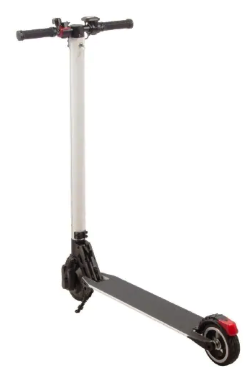
Direttiva 75/324/CEE ADD (Aerosol) / Consolidato 2018
Direttiva del Consiglio del 20 maggio 1975 per il ravvicinamento delle legislazioni degli Stati membri relative agli aerosol 75/324/CEE
(GU L 147 del 9.6.1975, pag. 40)
In allegato Testo consolidato 2018 con le modifiche apportate da:
M1 Direttiva 94/1/CE della Commissione del 6 gennaio 1994 L 23 28 28.1.1994
M2 Regolamento (CE) n. 807/2003 del Consiglio del 14 aprile 2003 L 122 36 16.5.2003
M3 Direttiva 2008/47/CE della Commissione dell'8 aprile 2008 L 96 15 9.4.2008
M4 Regolamento (CE) n. 219/2009 del Parlamento europeo e del Consiglio dell’11 marzo 2009 L 87 109 31.3.2009
M5 Direttiva 2013/10/UE della Commissione del 19 marzo 2013 L 77 20 20.3.2013
M6 Direttiva (UE) 2016/2037 della Commissione del 21 novembre 2016 L 314 11 22.11.2016
________
The Aerosol Dispensers Directive (ADD) (Council Directive 75/324/EEC of 20 May 1975 on the approximation of the laws of the Member States relating to aerosol dispensers) is one of the oldest EU regulations related to product safety. The directive has two objectives which are fulfilled by technical harmonisation at the European level:
- Guaranteeing those products within the scope of the directive will be safe for consumers and other users in respect of hazards related to pressure and where appropriate, flammability and inhalation.
- Securing the free movement of aerosol dispensers throughout the EU. As such, Member States must allow the marketing on their territory of aerosol dispensers that comply with the directive.
The directive defines aerosol dispensers as: “any non-reusable container made of metal, glass or plastic and containing a gas compressed, liquefied or dissolved under pressure, with or without a liquid, paste or powder, and fitted with a release device allowing the contents to be ejected as solid or liquid particles in suspension in a gas, as a foam, paste or powder or in a liquid state".
An aerosol dispenser is composed of a container, an actuator (button), a valve, a propellant and the actual active product. The container is made from metal, plastic or glass and holds the propellant and the product. Within the container, the propellant exerts pressure on the product. When the actuator is pressed by the user, the pressure will force the product out of the container.
The Aerosol Dispensers Directive includes specific requirements related to flammability and pressure hazard as well as a general obligation to analyse all hazards which could apply to a particular aerosol product. Based on such an analysis, the aerosol dispenser is designed, constructed and tested accordingly and meets the appropriate safety requirements concerning its use.
Although there has not been a full revision since its adoption in 1975, the ADD has been modified three times for adaptations to technical progress. These modifications were of technical nature to accommodate changes in technology (e.g. safely increasing the pressure in the containers resulting in better performance of the products) or to ensure coherence with other legislation (e.g. those related to the labelling requirements derived from the CLP Regulation).
Europe is a world leader in the sector of aerosol dispensers which concerns mainly consumer products (large volumes of products in various sectors: cosmetic, healthcare, food, etc.) although there are also a substantial number of products for professional use on the market (e.g. construction products, paints, lubricants, etc.).
Collegati
Allegati
|
Descrizione |
Lingua |
Dimensioni |
Downloads |
 |
|
IT |
462 kB |
1238 |
 |
|
IT |
420 kB |
1266 |


































